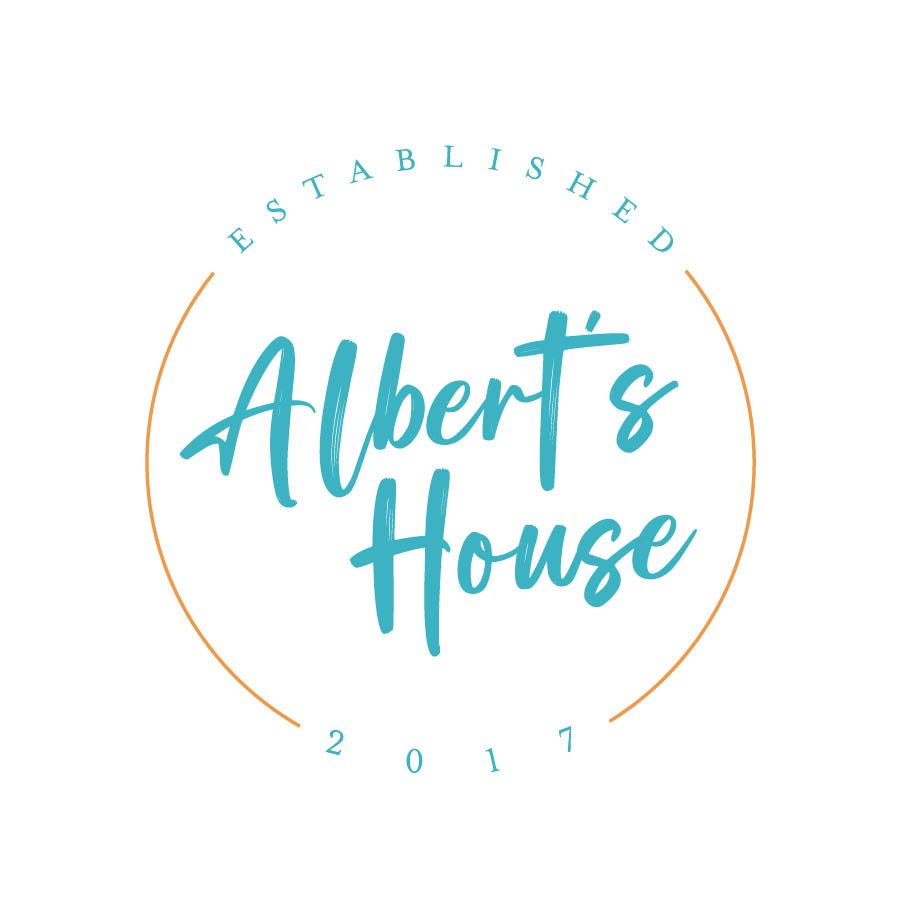Exploring Different Types of Small Personal Care Homes
Introduction: When considering personal care homes, it's important to understand the various options available. In Georgia, personal care homes are categorized based on their size, with those accommodating less than 25 beds falling under this classification. In this article, we will delve into the two main types of small personal care homes, specifically focusing on Medicaid/Low Income Personal Care Homes and High Care Personal Care Homes.
Medicaid/Low Income Personal Care Homes: Medicaid plays a crucial role in providing coverage for personal care home services to eligible individuals who require assistance with activities of daily living (ADLs) within a residential setting. To qualify for these services in Georgia, individuals must meet specific criteria:
1. Financial Eligibility: Applicants must meet income and asset requirements set by Georgia Medicaid. The limits may vary depending on the individual's eligibility category, such as aged, blind, disabled, or medically needy.
2. Medical Eligibility: Individuals must require assistance with ADLs, such as bathing, dressing, eating, toileting, mobility, and medication management. A healthcare professional, typically a physician, assesses the individual's functional needs and determines the necessity of residing in a personal care home.
If individuals do not qualify for Medicaid, they have the option to privately pay for personal care home services. Costs for private payment can range from $1,800 to $4,000 per month, depending on the location and level of care required.
Medicaid/Low Income personal care homes are often managed by owner operators with caregiving or nursing backgrounds. To ensure the financial viability of the business model, live-in caregivers are commonly employed. Their schedules may vary, with some residing at the home or working for consecutive days. Although this arrangement is cost-effective, it's important to note that oversight may be limited during nighttime hours. However, for individuals who do not require care at night, this can be an affordable solution. It is advisable to inquire about general liability and worker's compensation coverage and clarify the employment status of caregivers, as some personal care homes classify their employees as 1099 contractors, potentially skirting legal obligations such as overtime pay. It is essential for families to carefully consider these factors and weigh the associated risks before choosing such a community. Nevertheless, if you are seeking an all-inclusive option in Atlanta that covers housing, utilities, food, and oversight for around $2,000, Medicaid/Low Income personal care homes are worth exploring.
High Care Personal Care Homes: In contrast to Low Income personal care homes, High Care personal care homes provide an alternative for individuals who require a higher level of care. These homes offer excellent staff-to-resident care ratios, often surpassing those found in assisted living facilities or nursing homes. With their ability to accommodate residents with significant care needs, High Care personal care homes can be a valuable choice for individuals who would otherwise be considering a nursing home or hiring a 24-hour sitter at a higher cost.
Conclusion: Understanding the different types of small personal care homes can help families make informed decisions based on their loved ones' needs and financial circumstances. Whether opting for Medicaid/Low Income personal care homes or High Care personal care homes, it is essential to thoroughly research each facility, consider the level of care required, and weigh the associated costs and benefits. By doing so, families can find the most suitable and comfortable living arrangement for their loved ones.
At Albert’s House, we strive to be the best high care personal care home in the metro Atlanta area. If you are interested in learning more about our services and cost, feel free to contact us.
